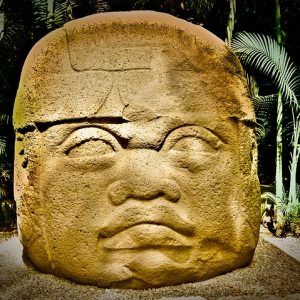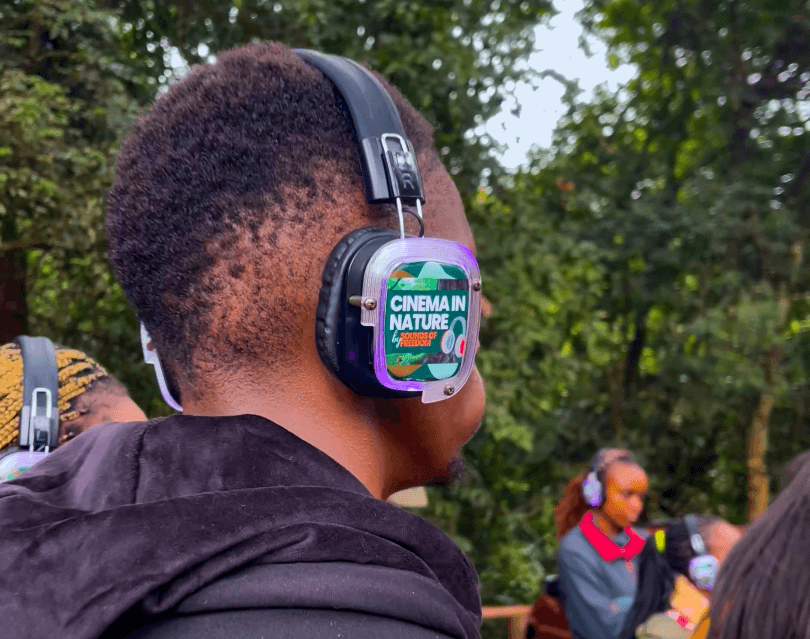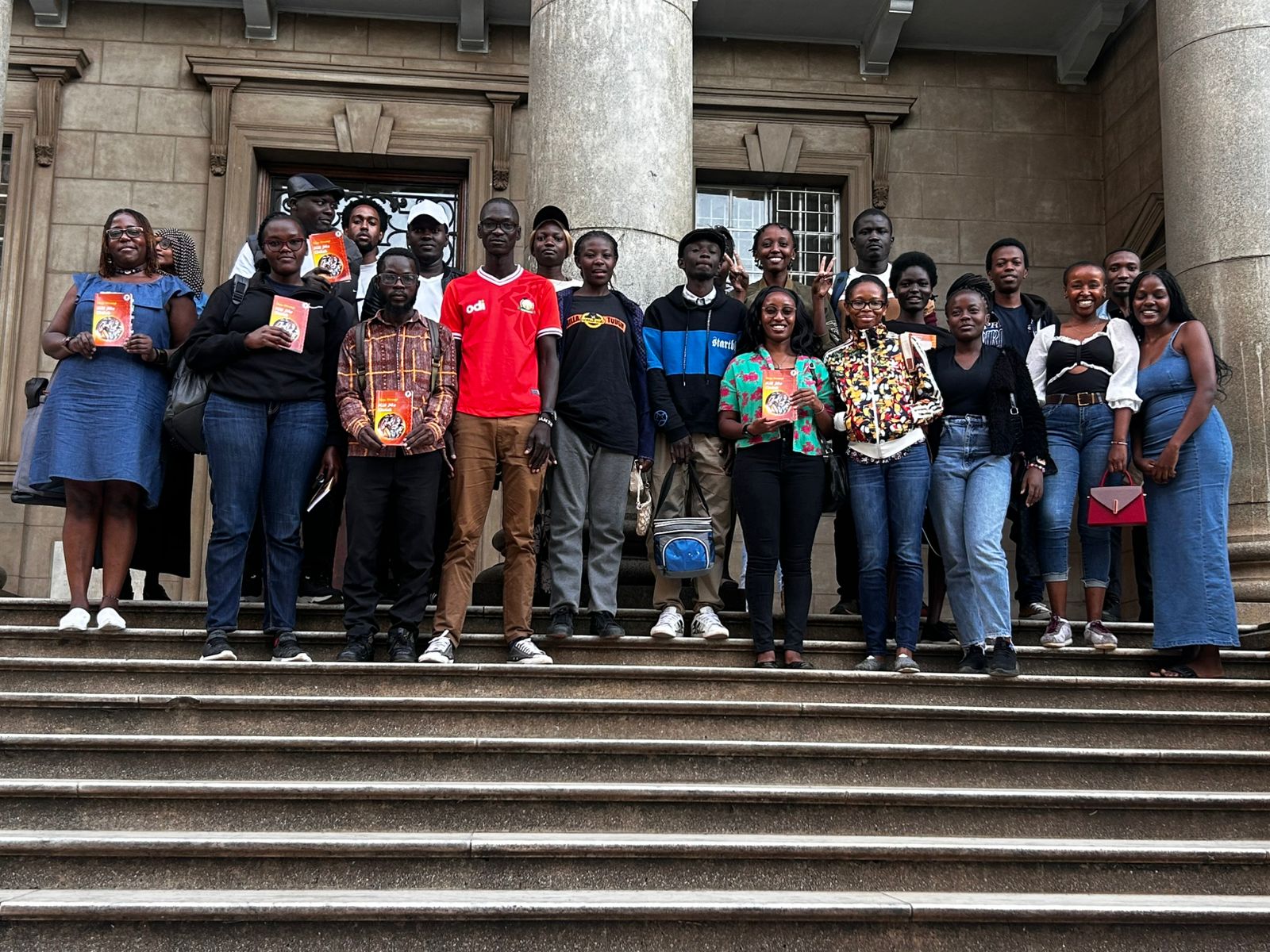In a previous article, I highlighted the story of Abu Bakr II and how it is the classic example of the [deliberately] lost history of Africa. The story of the Malian King who abdicated to explore distant lands has been given as a good counter-lesson to our leaders’ tendency to cling on to power – even at the nation’s peril.
Abu Bakr II, despite his legendary spirit of adventure, is not very much talked about. One thing that stands out in that article is the absolute lack of information about him, both before and after his trans-Atlantic voyage.
All the information we have of Abu Bakr II comes from a report of a report given by his successor, the famous Mansa Musa. On that legendary trip to Mecca, besides flooding the world markets with gold, Mansa Musa also left us a mystery.
Arabian historian Al-Umari retells a story that Mansa Musa related to his host in Egypt about how he came to power. Years before, his predecessor [Abu Bakr II] had set off across the Atlantic on a royal whim. With him, a fleet of 2,000 ships full of men and provisions.
That is the entirety of Abu Bakr II’s story in “accepted” history.
Enter Ivan Van Sertima
Anthropologist Ivan Van Sertima wrote the book THEY CAME Before COLOMBUS: The African Presence in Ancient America in 1976. It relies on old sources of world history to reveal just the evidence my article lacked.
From the book Africa and the Discovery of America, is highlighted an interesting find. Linguistic analysis of Native American dialects showed a clear link to African and Arabic languages.
Moreover, the evidence pointed to this link occurring in America ages before Columbus. For Van Sertima, this was the first indication of previous African contact. For me, it was evidence that I had not done my research well enough.
And even though Van Sertima’s book has often been derided as pseudo-history, the evidence he presents is credible, simply insufficiently studied. So now I must warn you, everything you are about to read is fringe theory.
The historians whose works are referenced here are most of them (if not all) outcasts. In “mainstream” history, Europeans were the first and only people to willfully cross the Atlantic in the 15th century Anno Domini.
Giant Negroid stone heads
However, the archaeological record tells us otherwise. In Mexico, there have been discoveries of an overwhelming number of Negroid-shaped stone head sculptures. They range in size from tiny to massive ones, with materials ranging from copper, gold, and clay.
The details of these heads are incredibly realistic in adhering to the African facial profile. For example, the colossal granite head found in Canton-Tuxtla was undeniably Negro-themed.
A greater concentration of these Olmec stone heads with strikingly Negroid features has been found on the Eastern side of the Atlantic. Ranging in age from the 800-700 century BC era all the way to a few centuries before the European conquest, these sculptures indicate contact with African peoples.
But these distinctive terracotta artefacts are not the only evidence of African presence in America before slavery.
Shipbuilding in Africa in pre-Columbian times
For Africans to have made it across the Atlantic, they would have had to have the ships to take them across first. Opponents of Van Sertima’s work claim that shipbuilding technology in Africa was not sufficient to have ships sturdy enough to make the Atlantic crossing.
Historical evidence, however, shows great advancements in shipbuilding in Africa long before the 800 BCE period. Egypt and Carthage were both respected naval powers in their time. Egypt gave us the first papyrus boats, before advancing to more complicated ships with a longer range. Island dwellers like the Austronesians in Madagascar and the Bioko in Bioko Island also developed highly capable watercraft.
Van Sertima gives evidence of Mandinka shipbuilding prowess, as well as their wide-ranging travels. Africa was not all isolated and underdeveloped before colonialism.
Some people, like the Mandinka of the Mali Empire, had developed highly complex societies long before the slave trade disruption.
The Canary “river” Current
However advanced shipbuilding was in West Africa, another means of travel could have allowed Abu Bakr II to make the trip to America. The Canary Current is an “ocean river” that takes watercraft off the coast of Africa to America.
It is a one-way ticket, however, as the Canary current also prevents all but the best ships from making the crossing from America to Africa. Van Sertima asserts that Abu Bakr II used this waterway to make his way to America.
If this is true, it could also explain why he never made it back. Whatever would have become of him, his end would have been in America.
Black visitor tales and African cotton in Mesoamerica
Van Sertima talks of tales told among the Mesoamericans that feature black visitors from distant lands. These visitors were visible in the historical record of the Mexicans because their visits always brought advancement in culture and religion.
The Mexican sun god Quetzalcoatl was at one time attributed to Mixcoatl, native son of a Mexican king as well as “alien” visitor from outside. The city of Tenochtitlan is said to have been established in 1325 after a legendary battle between an eagle and a serpent.
Many civilisations, in Africa and elsewhere, have featured eagle or serpent symbols. But the date of that battle – 14 years after Abu Bakr II's journey – makes it very likely that he is party to the battle of Tenochtitlan.
But it is also worth noting that America had received visitors both from the Pacific (Asiatic) and from the Atlantic (Africans).
African cotton DNA in Mexico
From chromosomal analysis, scientists have been able to find traces of African cotton samples in cotton planted by the Mesoamericans. Arguments for the seeds having drifted across the Atlantic do not make sense.
In the story recorded by Al-Umaru, from Mansa Musa’s own retelling, Abu Bakr II had set off on his adventure loaded to the brim. The contents of 1,000 cargo ships, if they survived the crossing, must have made an impression on the Mesoamericans.
Trade relations would have ensued, or the natives could have slaughtered him and his men and shared the loot. Either way, Africans had reached the shores of America long before Columbus.
Van Serima discusses findings of African skeletons dating to the time before Columbus’ landing. We just can’t find the record of their owners.
Religious intermarriage
The final class of evidence for African exploration of the Atlantic before the slave trade is religion. On the East Coast of America, there is plenty of evidence linking West Africans to pre-Columbian times.
At the same period when Negro-Africans start to appear in Mexican artworks and to influence their culture, pyramids, mummies, stelae and hieroglyphs also appear. Van Sertima draws parallels to events in Africa that might explain the American visitations.
He also glosses over some hints that American travellers may have visited Africa as well.
On more religious evidence, Van Sertima cites the werewolf cult of the Bambara of the Mandingo known as nama. In Mexico, amanteca is the name given to the werewolf/coyote cult.
But it is not just the names, but also the symbols, that are similar. Quetzalcoatl, the feathered serpent king and rainmaker god in Central America, appeared as the winged disk in Egypt.
The placement of the winged disk was also similar between Egypt and America. It would be displayed on the entrance to the inner chambers of a temple and over temple gates.
From the extensive research work done by Ivan Van Sertima, we find clear evidence of not just Abu Bakar II in America, but contact with black Africans for millennia. However, a lot of questions still remain unanswered.
With continued study and exploration, the bigger picture of Africa before European contact and during those first few years of contact has been emerging. And it is not a bad picture at all.





